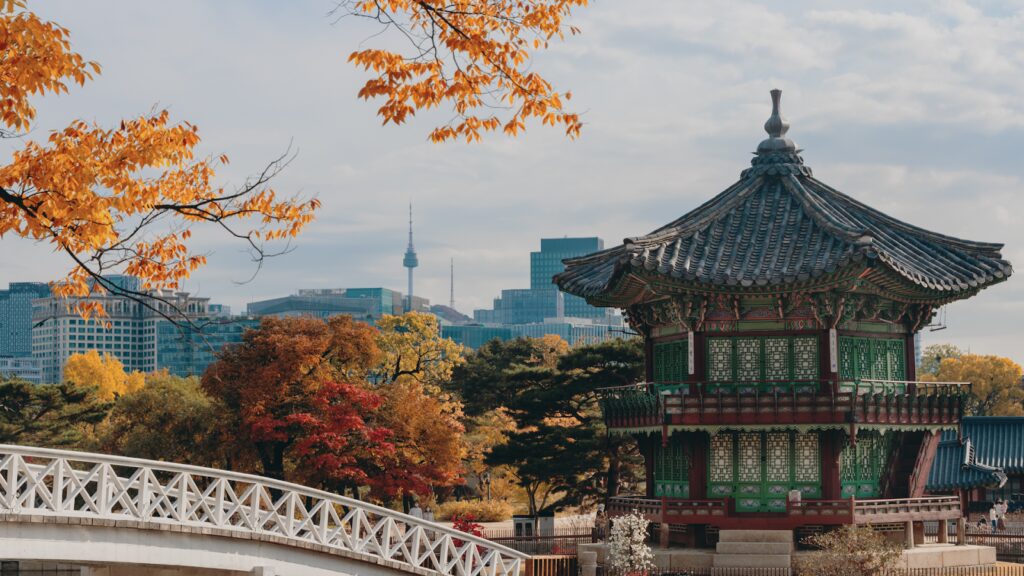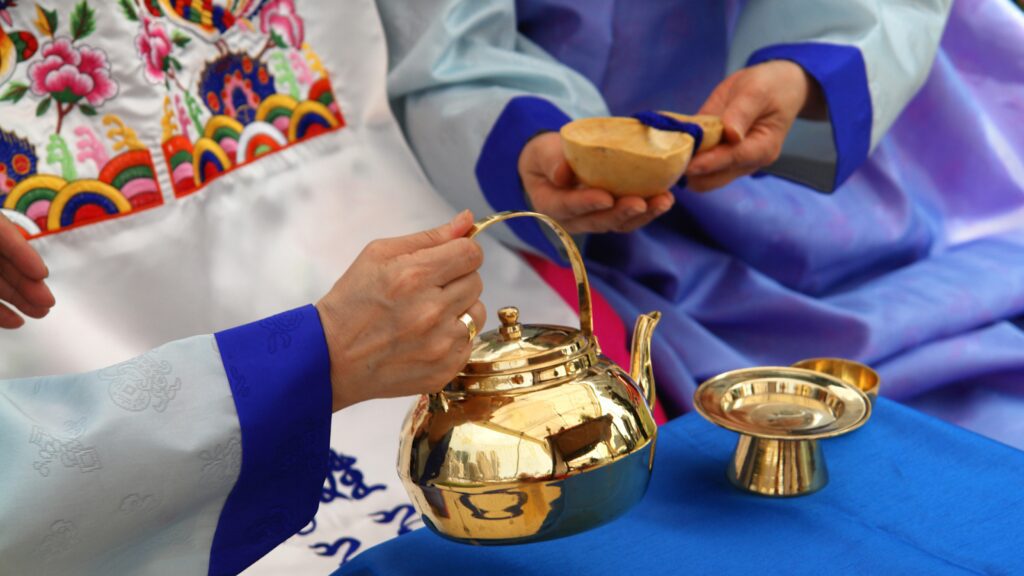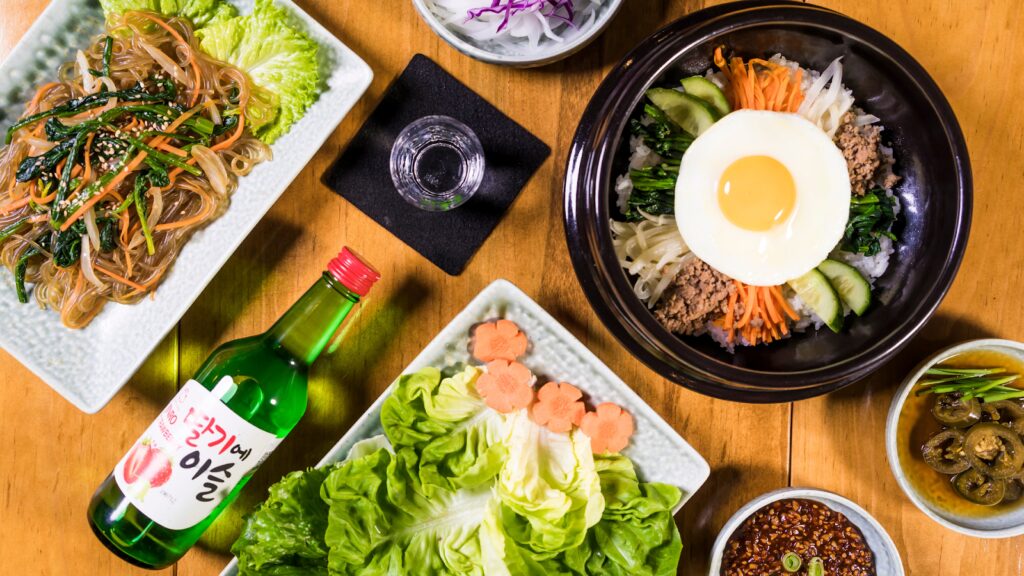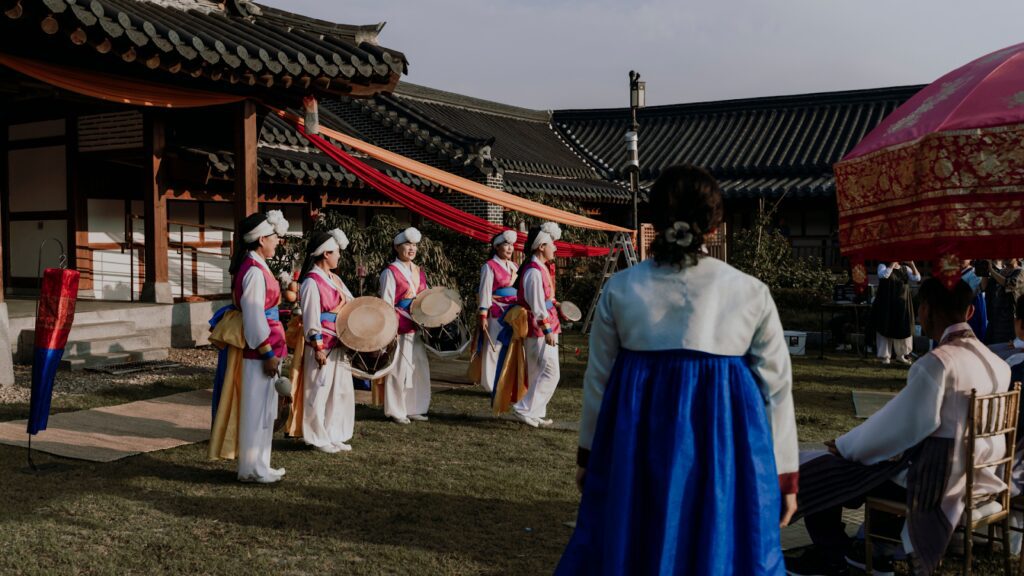Are you planning a trip from China to Korea? Get ready for an exciting journey filled with rich cultural experiences, delicious cuisine, and unforgettable memories. This article will help you make the most of your travel, covering everything from planning to cultural insights.
Planning Your Trip
Korea’s charm changes with the seasons, each offering unique experiences:

- Spring (March to May): This is the most popular time to visit. Cherry blossoms bloom across the country, creating picturesque scenes. The weather is mild, with temperatures ranging from 10°C to 20°C, perfect for outdoor activities.
- Autumn (September to November): Fall brings vibrant foliage, transforming landscapes into a canvas of reds and golds. The weather is crisp and comfortable, ideal for hiking and enjoying outdoor festivals.
- Summer (June to August): While hot and humid, summer offers lush greenery and exciting festivals. Beach destinations like Busan come alive during this season.
- Winter (December to February): For winter sports enthusiasts, this is the time to visit. Korea’s ski resorts are world-class, and cities like Seoul offer unique winter activities and illuminations.
Transportation Options
Air travel remains the most efficient way to get from China to Korea. Flights from major Chinese cities to Seoul normally take 2-3 hours, making it a convenient option for travelers. For those interested in a more scenic route, ferries operate between some Chinese and Korean ports. While slower, they offer a unique travel experience and the chance to see coastal scenery.
Once in Korea, the country’s excellent public transportation system makes getting around easy. High-speed KTX trains connect major cities, while extensive subway systems in Seoul and Busan provide convenient urban transportation.
Visa Requirements
Chinese citizens generally need a visa to enter South Korea. However, Jeju Island allows visa-free entry for up to 30 days for Chinese tourists. Always check the latest visa requirements before planning your trip, as regulations can change.
Packing Tips
Pack according to the season, but always include:
- Comfortable walking shoes
- A mix of casual and smart-casual clothing
- A light jacket (even in summer, as air conditioning can be strong)
- Adapters for electronics (Korea uses 220V with Type C and F plugs)
For seamless connectivity during your trip, consider getting an eSIM card for your travel to Korea. This will ensure you have internet access for navigation, translation, and staying in touch with loved ones without the hassle of physical SIM cards.
Understanding Cultural Nuances
Respecting Korean customs will greatly enhance your travel experience. A slight bow is the traditional greeting, though handshakes are common in business settings. At meals, wait for elders to start eating before you begin, and use both hands when receiving or giving items, especially to older individuals.

“Embracing the elegance and vibrancy of Korean culture – where tradition meets modernity.”
Remember to remove your shoes before entering many homes, traditional restaurants, and some cultural sites. Additionally, Koreans value calm and order in public spaces, so avoid loud conversations on public transport.
- Navigating with Technology: KakaoMaps provides more accurate navigation in Korea than Google Maps, making it essential for finding your way around cities and using public transport. Naver Dictionary is a useful tool for quick translations and understanding Korean signs.
- Cultural Sensitivity: Be mindful of Korea’s complex history, especially regarding relations with neighboring countries. Avoid making comparisons between Korea and other Asian nations, as this can be a sensitive topic.
- Tipping Culture: Tipping is not expected in Korea and can sometimes be seen as offensive. High-end hotels and restaurants may add a service charge to your bill.
- Shopping Etiquette: When shopping in markets, gentle haggling is acceptable, but aggressive bargaining is considered rude. In department stores and most shops, prices are fixed.
By understanding their Korean etiquette and manners, you’ll not only show respect for Korean customs but also open yourself up to more authentic and enriching experiences during your trip from China to Korea.
Navigating Costs and Budgeting
Korea caters to various travel styles and budgets. For budget travelers (around $50 per day), you can stay in hostels or guesthouses, eat at local markets, use public transportation, and enjoy free attractions like hiking and city walks.
Mid-range travelers ($100-$150 per day) can stay in 3-star hotels or private rooms in guesthouses, dine at a mix of local and mid-range restaurants, use public transport with occasional taxis, and enjoy a balance of free and paid attractions.
Luxury travelers ($200+ per day) can stay in 4 or 5-star hotels, dine at high-end restaurants, use taxis or private drivers, and indulge in exclusive experiences and high-end shopping.
To save money, get a T-money card for transportation discounts, consider a Korea Tour Card for discounts on attractions and shopping, look for set menu options in restaurants, and visit free museums and galleries, especially on designated free days. Note that prices tend to be higher during peak tourist times like cherry blossom season.
Accommodation Tips
Korea offers a wide range of accommodation options to suit all preferences and budgets. For budget travelers, hostels average around $20 per night and are great for meeting other travelers, while family-run guest houses provide a more local experience. Jjimjilbangs, 24-hour bathhouses with sleeping areas, offer a unique Korean experience.
Mid-range options include business hotels, which are comfortable and centrally located, averaging $80-$100 per night, and Airbnb, which can offer good value, especially for longer stays or groups.
For luxury stays, 5-star hotels start from $150 per night, offering top-notch amenities and service, and luxury resorts are available in scenic locations like Jeju Island. Unique stays include hanok guesthouses, traditional Korean houses that offer a cultural experience, and temple stays, where you can experience life in a Buddhist temple for 1-2 nights.
When choosing accommodation, consider the location carefully. In Seoul, areas like Myeongdong, Hongdae, and Gangnam are popular for their convenience and vibrant atmospheres. For longer stays, look into serviced apartments, which can offer more space and home-like amenities.
Experiencing Local Cuisine
Korean cuisine is a highlight of any trip to the country. Here’s what you shouldn’t miss:

Must-Try Dishes:
- Bibimbap: A bowl of rice topped with vegetables, meat, and egg
- Kimchi: Fermented vegetables, a staple side dish
- Bulgogi: Marinated and grilled beef
- Samgyeopsal: Grilled pork belly, often enjoyed in a social setting
Street Food Delights:
- Tteokbokki: Spicy rice cakes
- Odeng: Fish cakes on skewers
- Hotteok: Sweet pancakes filled with nuts and honey
Dining Experiences:
- Korean BBQ: Grill your meat at the table
- Chimaek: Korean fried chicken paired with beer, a popular combo
Vegetarian and Vegan Options:
- Vegetarian food based on Buddhist principles
- Look for dishes like bibimbap without meat, vegetable kimbap, and vegetable pajeon
Regional Specialties:
- Try seafood dishes in coastal cities like Busan
- Sample Jeju Island’s unique citrus fruits and black pork
Don’t forget to try traditional drinks like soju (rice liquor) and makgeolli (rice wine), but drink responsibly.
Engaging with Entertainment and Leisure
Korea offers a wealth of entertainment options catering to diverse interests. For K-pop enthusiasts and fans of the Korean Wave, attending concerts, visiting K-Star Road in Gangnam, and taking dance classes provide an immersive experience. Traditional culture can be explored by watching pansori performances, trying on hanbok and visiting places, or participating in a tea ceremony.
Nightlife is vibrant, especially in districts like Hongdae in Seoul, where clubs, live music, and noraebang (karaoke rooms) are popular. Outdoor activities include hiking in national parks like Bukhansan, visiting beaches in Busan or Jeju Island, and skiing or snowboarding at winter resorts.

Wellness options such as relaxing in jjimjilbang (Korean spas) and traditional massages are abundant. Shopping enthusiasts can browse trendy boutiques in Myeongdong, explore massive complexes like COEX Mall, and hunt for unique items at traditional markets like Namdaemun.
For technology and pop culture fans, visiting PC bangs (gaming centers) and exploring cutting-edge technology at Samsung D’light are must-dos. Checking local event calendars for festivals and special exhibitions can enhance your trip with unique cultural experiences.
Conclusion
Your journey from China to Korea promises a blend of ancient traditions and modern excitement. By planning, respecting local customs, and staying open to new experiences, you’re setting the stage for an unforgettable adventure.
Traveling from China to Korea opens up a world of new experiences. From the moment you start planning to your final day in Korea, each step of your journey offers opportunities for discovery and growth. Remember, the best travels combine careful preparation with a spirit of adventure. So pack your bags, open your mind, and prepare for an unforgettable Korean experience!
FAQs
What are some essential apps I should download to travel in Korea?
KakaoMaps for navigation and Happy Cow for finding vegetarian restaurants are must-haves.
Is Korea safe for solo travelers?
Generally, Korea is very secure. However, be aware of cultural nuances and take standard precautions, especially if traveling alone at night.
How long should I spend in Korea for an experience?
A week allows you to explore Seoul and at least one other region, giving you a well-rounded experience of the country.
Do I need to know Korean to travel to Korea?
While knowing some basic phrases can be helpful, many tourist areas have English signage and younger Koreans often speak some English.
What’s the best way to get around in Korean cities?
Public transportation, especially the subway in Seoul, is efficient, affordable, and extensive. It’s the best way to navigate Korean cities.








